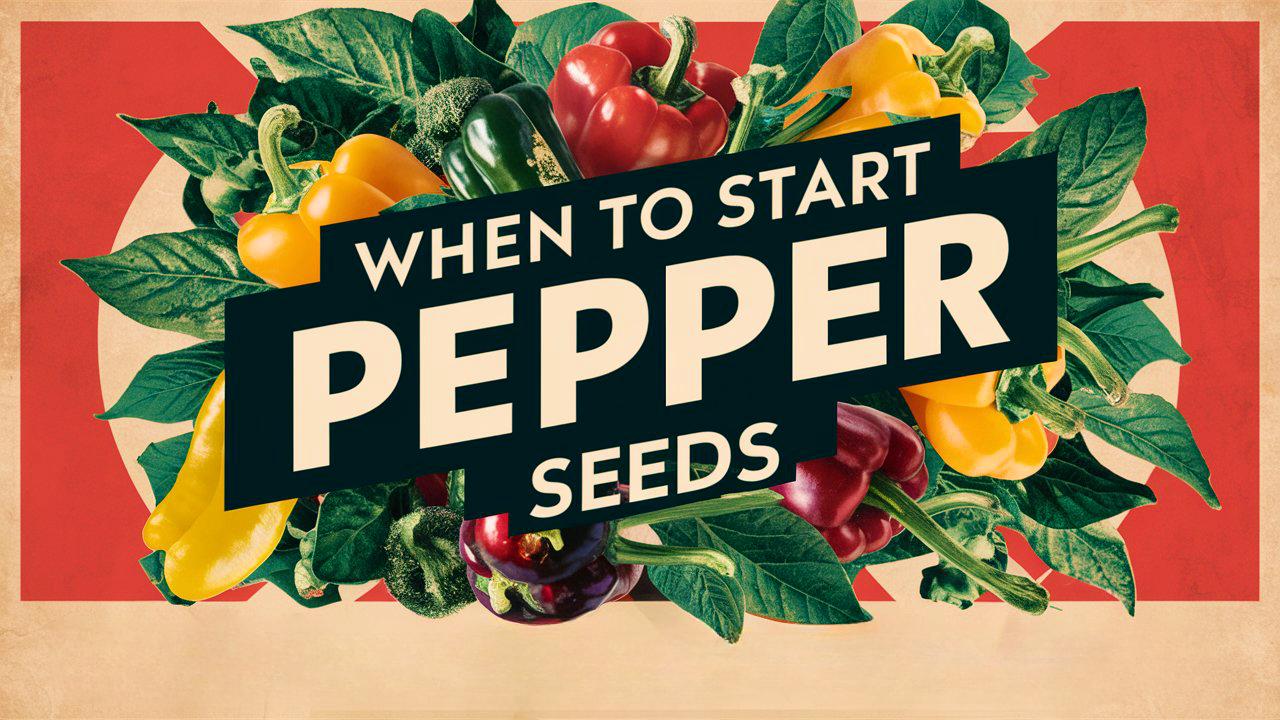Whether you want to cultivate sweet bell peppers, spicy jalapeños, or exotic varieties like serranos and habaneros, knowing when and how to start pepper seeds is crucial for a successful harvest. This guide offers simple, actionable information to ensure you have a fruitful growing season filled with juicy, homegrown peppers.
Understanding Pepper Plant Growth
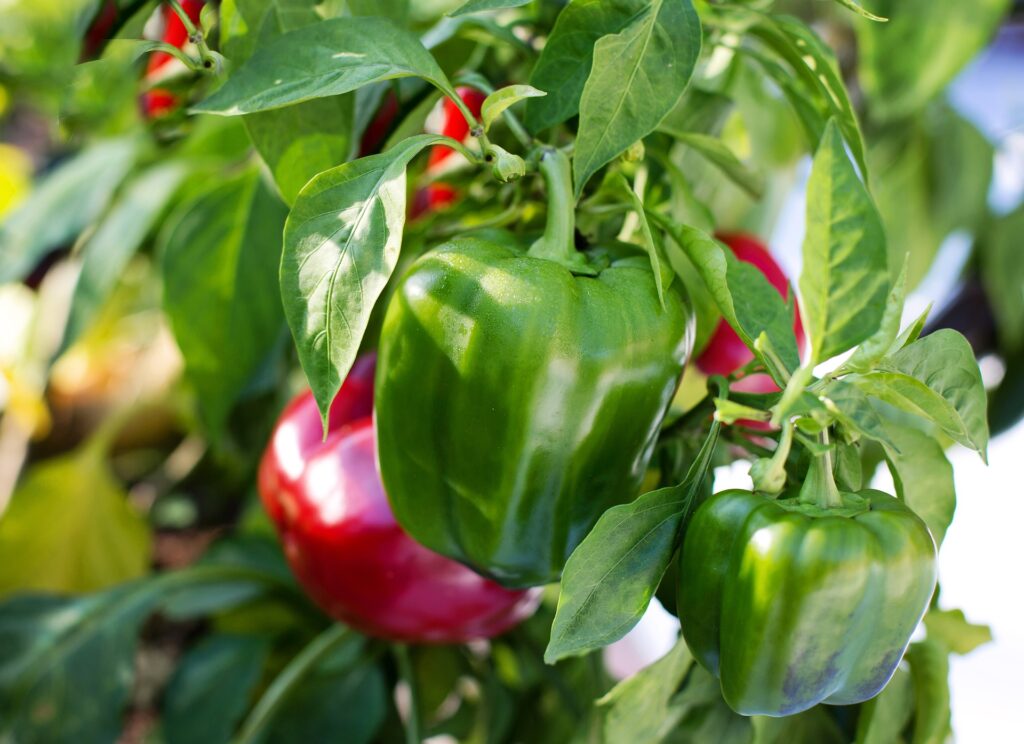
Before setting a date on the calendar, it’s beneficial to understand the lifecycle of pepper plants (Capsicum spp.). Peppers are typically grown as annuals in temperate climates, which means they complete their entire life cycle—from seed to fruit—within one growing season. The key stages of a pepper plant’s lifecycle include:
Germination: This is when seeds begin to sprout and develop into seedlings.
Seedling Stage: The seedlings grow stems, leaves, and roots during this period.
Vegetative Stage: This phase focuses on leaf and stem growth, preparing the plant for flowering.
Flowering: The plant develops flowers, leading to fruit formation.
Fruiting: Finally, the peppers mature and are ready for harvest.
Each stage needs specific care, but the journey starts with seed planting.
Know Your Growing Zone
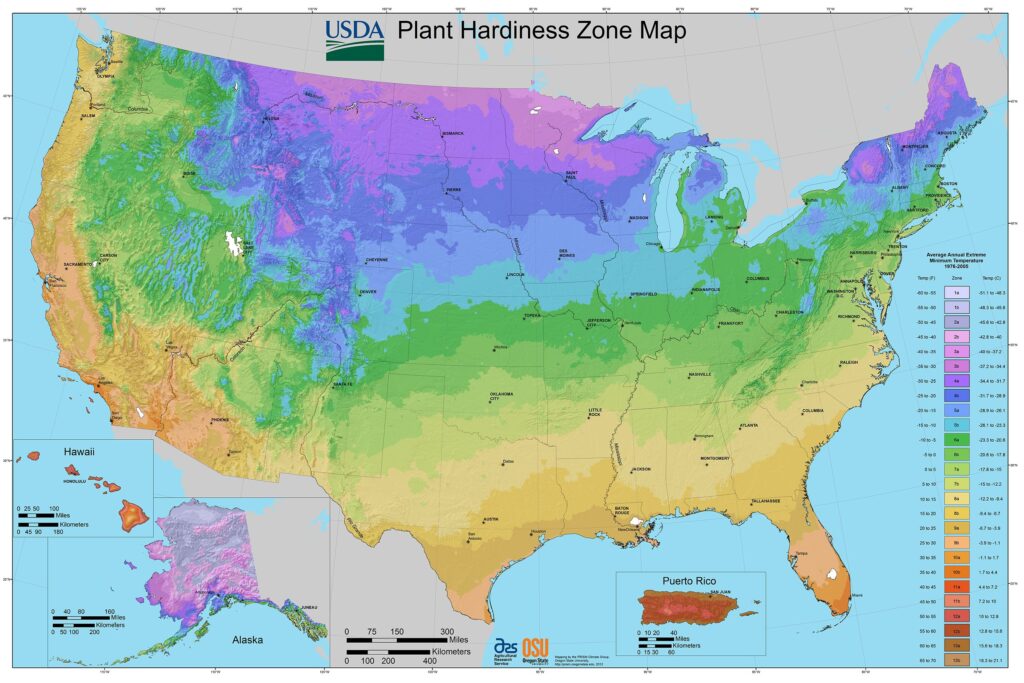
One of the first steps in deciding when to start pepper seeds is determining your growing zone, which factors in your local climate. The USDA Plant Hardiness Zone Map is an excellent resource to identify your zone based on average temperature ranges.
Finding the Last Frost Date
Most peppers are sensitive to cold temperatures and cannot survive frost. Knowing your area’s last average frost date is crucial. You can typically find this information online through local agricultural extension services or gardening websites.
For example, if your last frost date is around May 15, you’ll use this date to schedule your seed planting.
Timing Your Seed Starts
Peppers usually need about 8 to 10 weeks of indoor growth before being transplanted outside. To calculate when to start your seeds, simply count back from your last frost date. For example, if the last frost is on May 15, you should begin your seeds indoors around late February to early March. This allows the seedlings to develop adequately before they face outdoor conditions.
Different Types of Peppers
An essential aspect of determining when to start pepper seeds lies in the specific type of pepper you want to grow. Different varieties have unique growth rates and temperature preferences.
Sweet Peppers
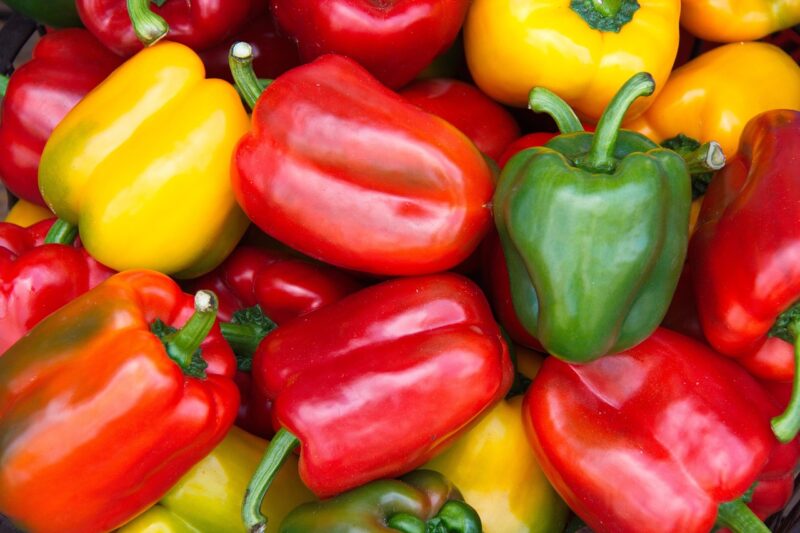
Sweet peppers, such as bell peppers, generally take longer to mature compared to hot pepper varieties. They thrive in warm weather and require a bit more time for development. Starting sweet pepper seeds indoors earlier provides them with the necessary time to grow strong and produce fruit before summer heat peaks.
Hot Peppers
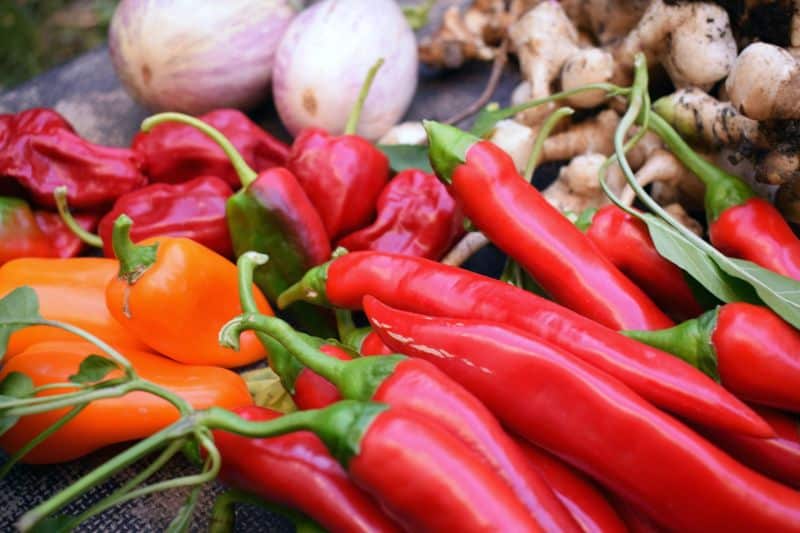
Hot peppers, including jalapeños, serranos, and habaneros, can often tolerate cooler temperatures and may mature slightly faster than sweet peppers. However, like sweet peppers, they benefit from an early start indoors to ensure they are robust when transplanted outside.
Exotic and Specialty Peppers
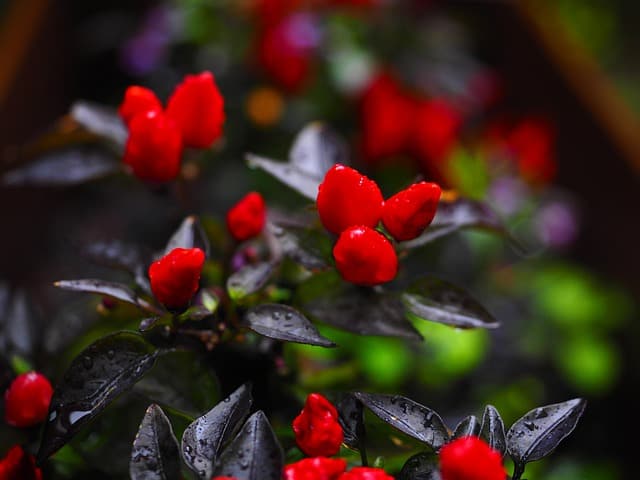
Don’t hesitate to explore unique pepper varieties! Specialty peppers may have different requirements and growth cycles. Researching specific types can guide you in planning your seed-starting schedule.
Factors That Affect Germination
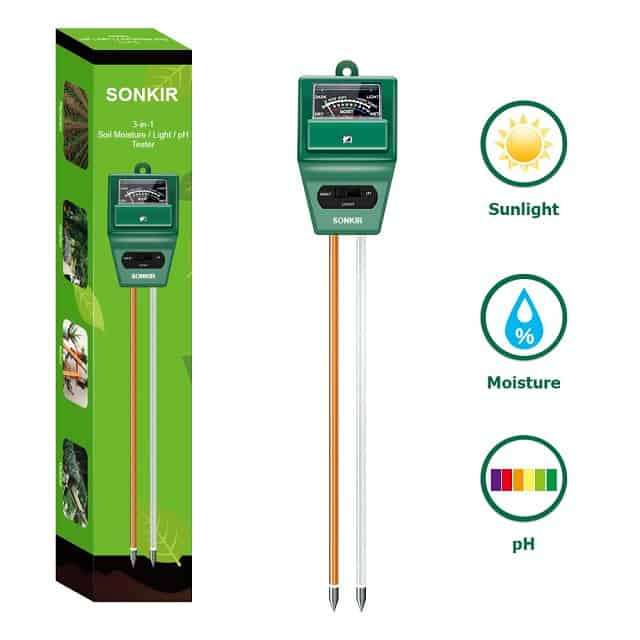
Several key factors can influence how well your pepper seeds germinate and thrive. Understanding these will enable you to create the best conditions for growing strong seedlings.
Soil Temperature
Pepper seeds germinate best at soil temperatures between 70°F and 90°F (21°C to 32°C). If the temperature is too low, germination can be slow or even stop altogether. Consider using seedling heat mats if your indoor conditions are cooler. These mats provide gentle warmth to elevate soil temperatures, promoting quicker and more uniform germination.
Moisture Levels
Maintaining the right moisture level is critical during the germination stage. Seeds need to stay moist but not soggy; overwatering can lead to rot, while dry conditions can halt germination. A light misting of water or using a humidity dome can help maintain this balance, ensuring the soil retains adequate moisture.
Light Requirements
Once seedlings emerge, they will require plenty of light to grow healthy and sturdy. Natural sunlight can be effective, but many indoor growers use artificial grow lights to provide the proper light spectrum. Ideally, seedlings should receive 12 to 16 hours of light daily. If using grow lights, position them 2-4 inches above the seedlings, adjusting as they grow taller.
Seed Starting Methods
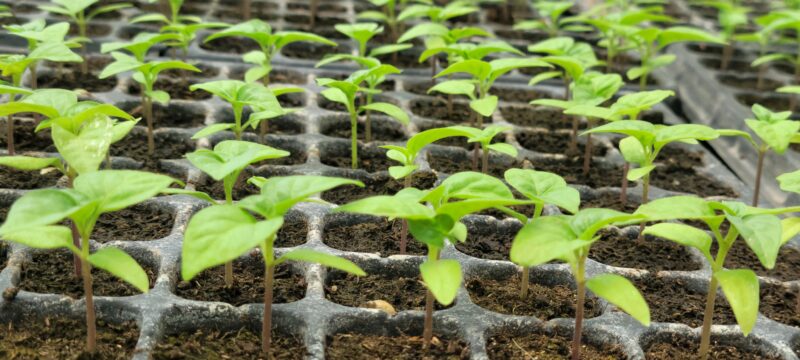
As a beginner, you have several methods to start your pepper seeds. Choosing the right one can simplify the process and maximize your chances of success.
Starting Seeds Indoors
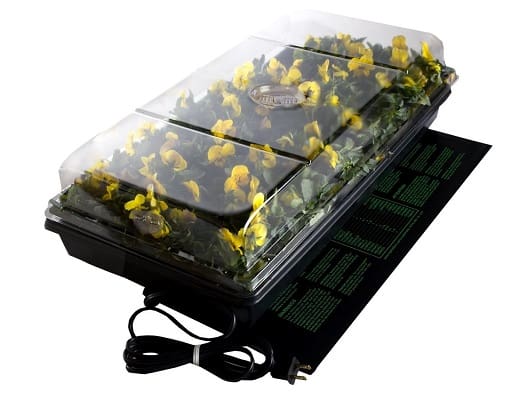
Starting seeds indoors is a popular method, particularly in regions with colder climates. This method allows you to control the environment closely, ensuring optimal temperatures, moisture, and light. Use seed trays or small containers filled with seed-starting mix, and sow the seeds according to the instructions on the seed packet.
Fill Trays or Containers: Use sterile, well-draining seed-starting mix.
Sow Seeds: Plant seeds at the recommended depth, usually about 1/4 to 1/2 inch deep.
Water Gently: Water lightly with a spray bottle to avoid disturbing the seeds.
Cover: You can cover the trays with plastic wrap or a humidity dome to help retain moisture until germination occurs.
Direct Sowing Outdoors
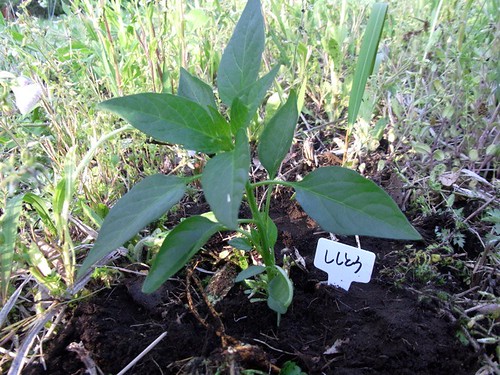
In warmer climates with a longer growing season, direct sowing seeds in the garden can be a viable option. However, it’s important to wait until the danger of frost has passed and the soil temperature consistently reaches above 70°F (21°C). This method requires careful timing and monitoring of local weather conditions to avoid frost risks.
Purchasing Transplants
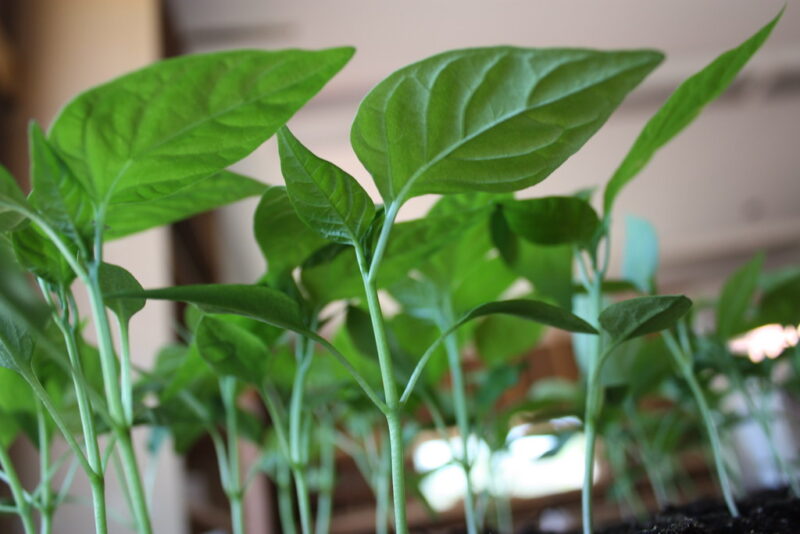
If you feel uncertain about starting from seeds, consider purchasing seedlings from local garden centers or nurseries. This method can save you time and effort while still allowing you to enjoy homegrown peppers. Look for healthy, stocky plants with vibrant leaves and no signs of disease or pests.
Hardening Off Seedlings
Once your seedlings are ready for the outdoors and the danger of frost has passed, it’s essential to “harden them off.” This process gradually acclimatizes your plants to outdoor conditions, reducing the shock of transplanting.
Steps to Harden Off Your Seedlings
Choose a Sheltered Spot: Place seedlings in a location that receives indirect sunlight and is protected from harsh wind.
Start Slowly: Begin with just 1-2 hours outside on the first day, progressively increasing the time over the course of a week or two. Each day, extend the exposure time by 1-2 hours, watching for signs of stress in the plants.
Monitor Weather Conditions: If a cold snap or strong wind is expected, bring your seedlings indoors to protect them.
Transplanting: Once the plants are acclimated (typically after one to two weeks), you can safely transplant them into your garden or larger pots.
Transplanting Your Peppers

After hardening off, it’s time to transplant your peppers outdoors. Choosing the right location in your garden will set your plants up for success.
Choosing the Right Location
Peppers thrive in well-drained soil with plenty of sunlight (at least 6-8 hours of full sun per day). Look for a spot that remains warm throughout the day, as peppers love heat.
Preparing Your Soil
Before planting, prepare the soil by:
Testing pH: Peppers prefer slightly acidic to neutral soil, ideally between 6.0 and 7.0 pH. Testing kits are available at garden stores or online.
Adding Organic Matter: Mix in compost or well-rotted manure to create nutrient-rich soil. This can aid in drainage and enhance soil fertility.
Making Rows or Beds: Space your seedlings about 18-24 inches apart to allow for proper air circulation and growth. Rows or raised beds can help with organization and access.
Transplanting Process
When transplanting, handle the seedlings by their leaves to avoid damaging the fragile stems. Here’s how to do it:
Dig Holes: Make holes large enough to accommodate the roots of each seedling.
Place Seedlings: Position the seedlings in holes, ensuring that they are planted at the same depth they were in their containers.
Backfill and Water: Fill in around the roots with soil, firming it gently, then water thoroughly to help settle the soil around the roots.
Maintaining Your Pepper Plants
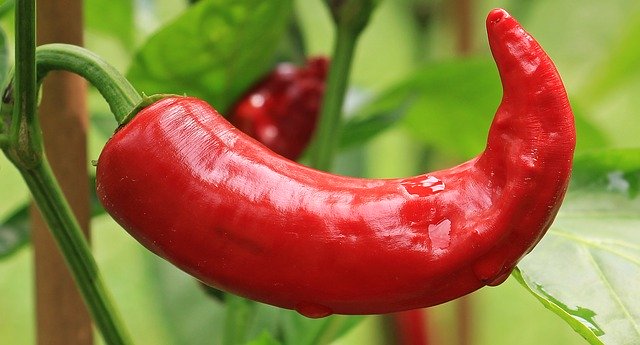
Once planted, taking care of your pepper plants is vital for a successful harvest. Here are key elements of ongoing care you should be mindful of:
Watering
Peppers need consistent moisture, especially during dry spells. Water deeply and regularly, allowing the top inch of soil to dry out between watering. Avoid overwatering, which can lead to root rot.
Fertilizing
Using a balanced fertilizer can promote healthy growth and fruit production. A fertilizer with equal amounts of nitrogen, phosphorus, and potassium is often best for peppers. Fertilize every 4-6 weeks, following package instructions for dosage.
Pest and Disease Management
Keep an eye out for pests, such as aphids or spider mites, and treat them promptly with insecticidal soap or neem oil. Additionally, provide spacing between plants to promote air circulation, preventing fungal diseases.
Conclusion: The Importance of Timing
Knowing when to start pepper seeds is essential for cultivating healthy plants. By understanding your growing zone, the types of peppers you want to grow, and the factors affecting germination, you can set yourself up for success. Armed with knowledge and a little preparation, you’ll be well on your way to enjoying delicious, homegrown peppers.
With careful planning, patience, and a bit of care, you can embark on a pepper-growing adventure that’s both enjoyable and productive. Watch as your seedlings transform into lush plants that reward you with vibrant and flavorful peppers throughout the growing season. Whether you relish fresh, sweet peppers in salads or hot varieties in spicy dishes, the satisfaction of growing your own peppers at home is an experience you won’t soon forget.


